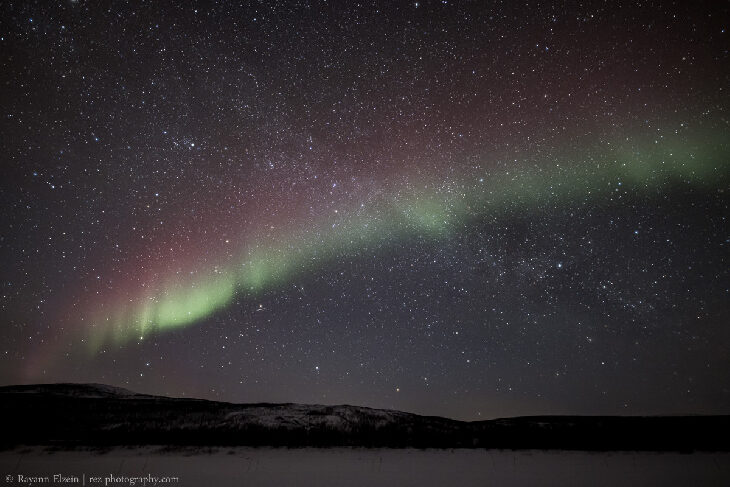OF THE
TIMES
Warsaw wants to host NATO arms under the bloc's sharing scheme. Who is that „Warsaw”? All the Warsaw's inhabitants, maybe? Really? Or perhaps...
Moscow describes it as a proxy war being waged by Washington and its partners, using Ukrainians as "cannon fodder" to further Western interests....
As far as I can make out this is an official UN Document now archived, the term of service in this link seems to confirm the authenticity, read a...
Whadda think the teacher is gonna look like this year....[Link] Ah the good old days when music videos were fun and not satanically symbolic.
🪓🪛 will work, besides pulling out the wires.
To submit an article for publication, see our Submission Guidelines
Reader comments do not necessarily reflect the views of the volunteers, editors, and directors of SOTT.net or the Quantum Future Group.
Some icons on this site were created by: Afterglow, Aha-Soft, AntialiasFactory, artdesigner.lv, Artura, DailyOverview, Everaldo, GraphicsFuel, IconFactory, Iconka, IconShock, Icons-Land, i-love-icons, KDE-look.org, Klukeart, mugenb16, Map Icons Collection, PetshopBoxStudio, VisualPharm, wbeiruti, WebIconset
Powered by PikaJS 🐁 and In·Site
Original content © 2002-2024 by Sott.net/Signs of the Times. See: FAIR USE NOTICE

Comment: In October last year the same Arctic photographer captured red auroras over Utsjoki, Finland saying, "Rarely have I seen anything like this before."
With the surge in sightings of rare or novel atmospheric phenomena in recent years it seems the electrical nature of our weather and changing atmosphere is becoming more apparent: